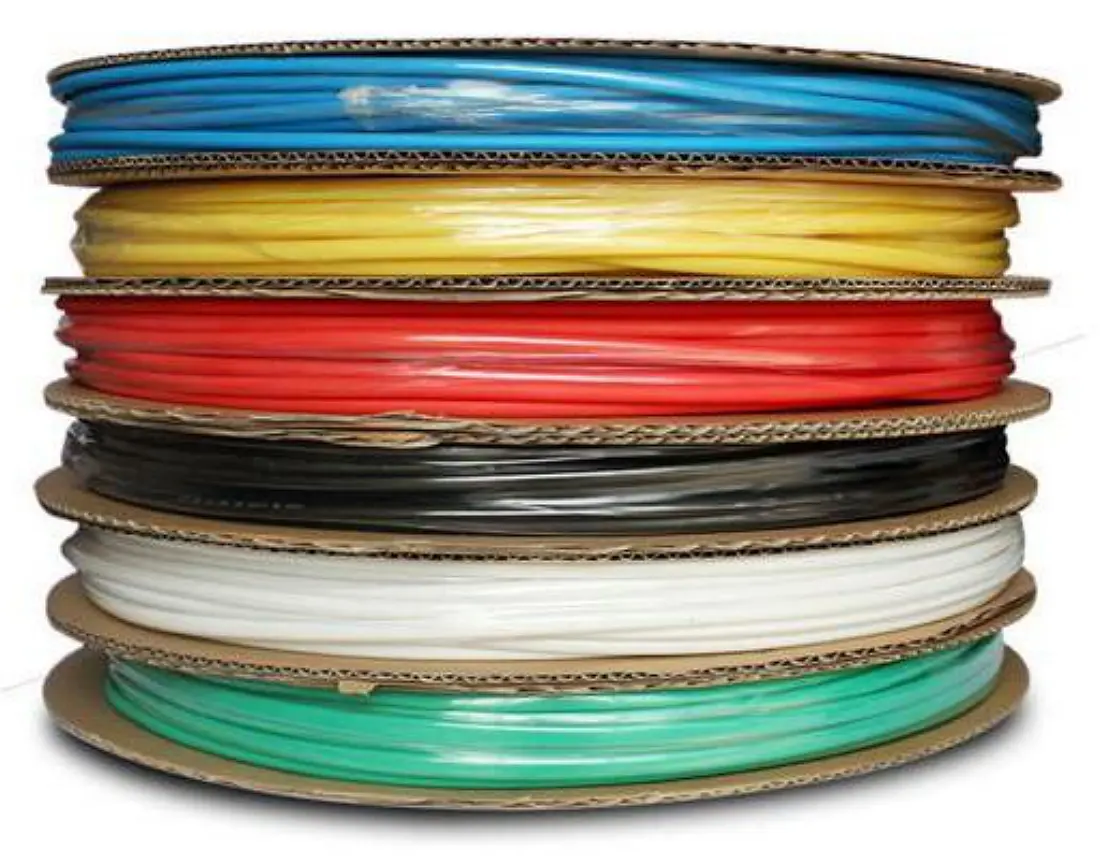The uniformity of wall thickness in heat shrink tubing is crucial for ensuring consistent performance and reliability in various applications.
Several key factors can influence the uniformity of wall thickness in heat shrink tubing:
- Extrusion Process Parameters: The extrusion process is the primary method for manufacturing heat shrink tubing. Factors such as extrusion speed, temperature, pressure, and die design can significantly impact the uniformity of wall thickness. Proper control and optimization of these parameters are essential for achieving consistent wall thickness throughout the length of the tubing.
- Material Properties: The rheological properties of the material used for heat shrink tubing, such as viscosity, elasticity, and melt flow rate, can affect its extrudability and the ability to maintain uniform wall thickness. Materials with consistent properties and good melt stability are preferred for achieving uniform wall thickness.
- Die Design and Tooling: The design of the extrusion die and other tooling components, such as mandrels or sizing tools, plays a critical role in determining the final wall thickness of the tubing. Proper design and precision machining of these components are necessary to ensure uniform flow distribution and minimize variations in wall thickness.
- Cooling and Quenching: The cooling and quenching process after extrusion can influence the solidification and dimensional stability of the tubing. Proper cooling rates and uniform cooling conditions are essential for preventing warpage, shrinkage, or uneven wall thickness caused by thermal gradients.
- Quality Control Measures: Implementing robust quality control measures throughout the manufacturing process is essential for detecting and correcting variations in wall thickness. This may include online monitoring systems, inspection techniques, and statistical process control methods to identify and address deviations from the desired specifications.
- Material Handling and Storage: Proper handling and storage of raw materials and finished tubing can also impact the uniformity of wall thickness. Contaminants, moisture, or improper storage conditions can introduce defects or irregularities that affect the extrusion process and final product quality.
- Post-Processing Operations: Post-processing operations such as heat treatment, stretching, or annealing may be employed to further enhance the uniformity of wall thickness and mechanical properties of heat shrink tubing. These operations can help relieve internal stresses, improve dimensional stability, and ensure consistent performance.
By carefully controlling these key factors, manufacturers can achieve the desired level of uniformity in wall thickness for heat shrink tubing, ensuring reliable performance and meeting the requirements of various applications.
